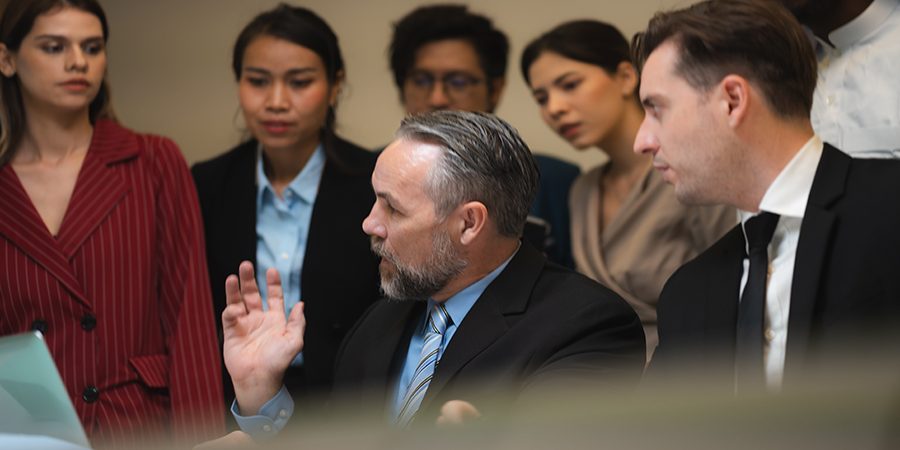Discovery: Discovery is how the two parties in a lawsuit gather information relevant to the case. They may gather information from each other or from a third party. During discovery, laws are researched, documents reviewed and organized, and witnesses interviewed. These actions help determine the merits of claims and defenses. Since each case is different, it’s impossible to say how long the discovery process will take. It will be determined by the issues surrounding the case. However, it’s usually the longest part of the case. Discovery begins after a lawsuit is filed and continues until shortly before trial.
During the process, information is gathered formally through:
- Written questions called “interrogatories”
- Requests for copies of documents
- Requests for admission where one of the two parties is asked to admit or deny statements of fact
Depositions: Depositions also may be used to gather information during the discovery process of a lawsuit. Witnesses are questioned under oath by the attorneys for both the plaintiff and defendant. Responses are recorded by a court reporter. Depositions help establish the facts of a case and outline what different witnesses say occurred. During the trial, depositions may be used to show inconsistencies in a witness’ account or to call the witness’ credibility into question.
Expert Witnesses: During discovery, either party may identify an expert witness to analyze the facts in the case. Expert witnesses can provide technical information or testify about the connection between the defendant’s conduct and the plaintiff’s loss. They may also testify about the amount of damage the plaintiff endured.
Motions: Before a trial begins, either party may file motions to ask the court to rule or act. Motions generally have to do with the law or the facts in the case. Sometimes, motions may seek clarification or resolution of procedural disputes between the plaintiff and defendant. A motion also may ask the court to order the other party to provide information or exclude evidence from the court proceedings. A motion, such as one for summary judgment, can be used to ask the court to dismiss part or all of a plaintiff’s case or a defendant’s defense without a trial.
Timing: The length of litigation depends on the issues surrounding the case. The amount of discovery required will impact the duration, as will the court’s availability. Trial dates are set by the court, and state and federal courts maintain different schedules. In general, don’t be surprised if litigation takes a year or more to complete.

